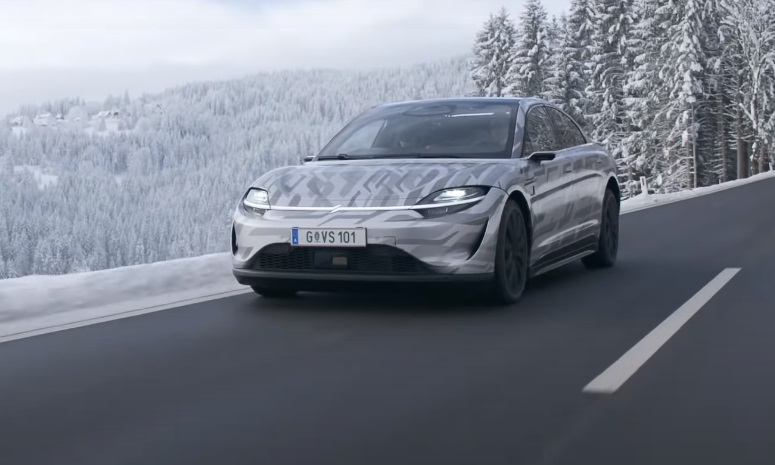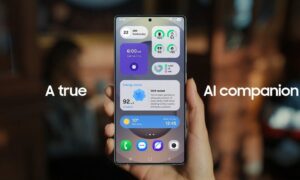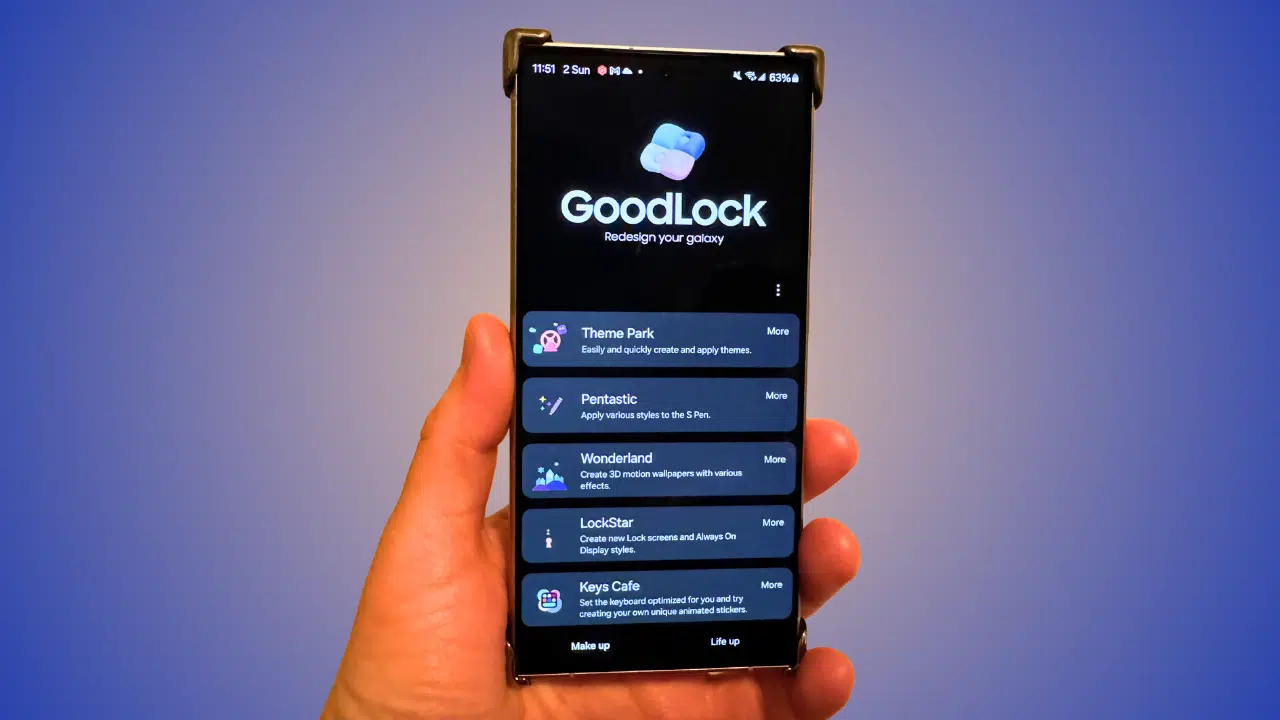Sony announced its VISION-S electric vehicle plan at CES 2020. The electric vehicle uses its own sensor technology, which is spread all over the human body and can sense the surrounding environment and perform real-time processing.
On January 11 this year, Sony officially released a video showing the detailed information of the car’s technical testing in Europe. This pure electric car is equipped with two 200kW electric motors to provide power for the front and rear axles.

The vehicle weighs 2.35 tons, has an acceleration time of 4.8 seconds per 100 kilometers, and a maximum speed of 240 kilometers per hour. The ultra-thin lithium battery pack under the car can minimize component space and provide good ride comfort.
Sony VISION-S uses a fully electronic display design inside, and the mirrors on both sides are also electronic screens, and the camera on the body can provide images. Sony has been conducting road tests of vehicles in Austria.
As can be seen from the video screenshots, the prototype uses an engineering version of the steering wheel, the central control device is equipped with three emergency stop buttons, and the co-pilot has a computer for collecting test data. In addition, the internal part is similar to rendering, and the screen display is very good.

The head, sides, and tail of this car are equipped with multiple sensors and cameras. According to the pictures shown in the video, driving such as automatic lane changing and automatic obstacle avoidance is expected to be realized.
At present, the number of sensors in this Sony car has increased to 40, and the field of view is 360°. The car can monitor traffic conditions in real-time, realize automatic parking, adaptive cruise, and realize L2 automatic driving. Sony said that the goal is to upgrade the car system to L4 autonomous driving.
Compared with the traditional rearview mirror, the car has canceled the traditional glass rearview mirror and replaced it with multiple cameras in different directions. It supports HDR technology and has a wider field of view and a larger screen.
In terms of in-vehicle equipment, Sony VISION-S has ToF sensors and cameras which can detect the driver’s attention and fatigue. In addition, it can also read spoken language to help understand instructions in a noisy environment. Sony has completed the prototype production of the car and conducted a large number of road tests, indicating that the car is not far from the official release date.











